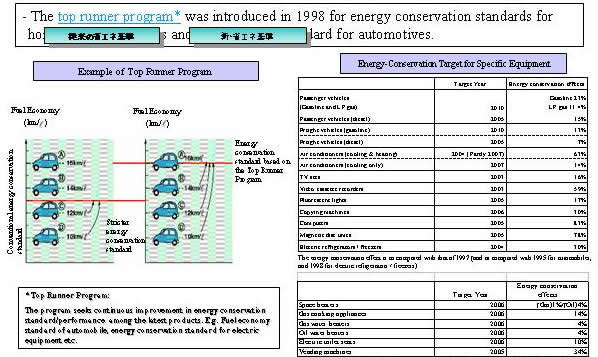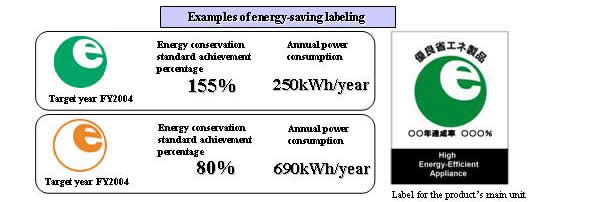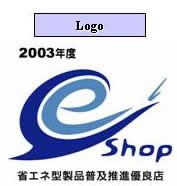II-2. Energy Conservation Measures for the Commercial/Residential Sector
Improving Equipment Efficiency with the Top Runner Program
Improving Equipment Efficiency with the Top Runner Program

Energy conservation effects in comparison with FY2000(against FY1999 figures for transformers)

